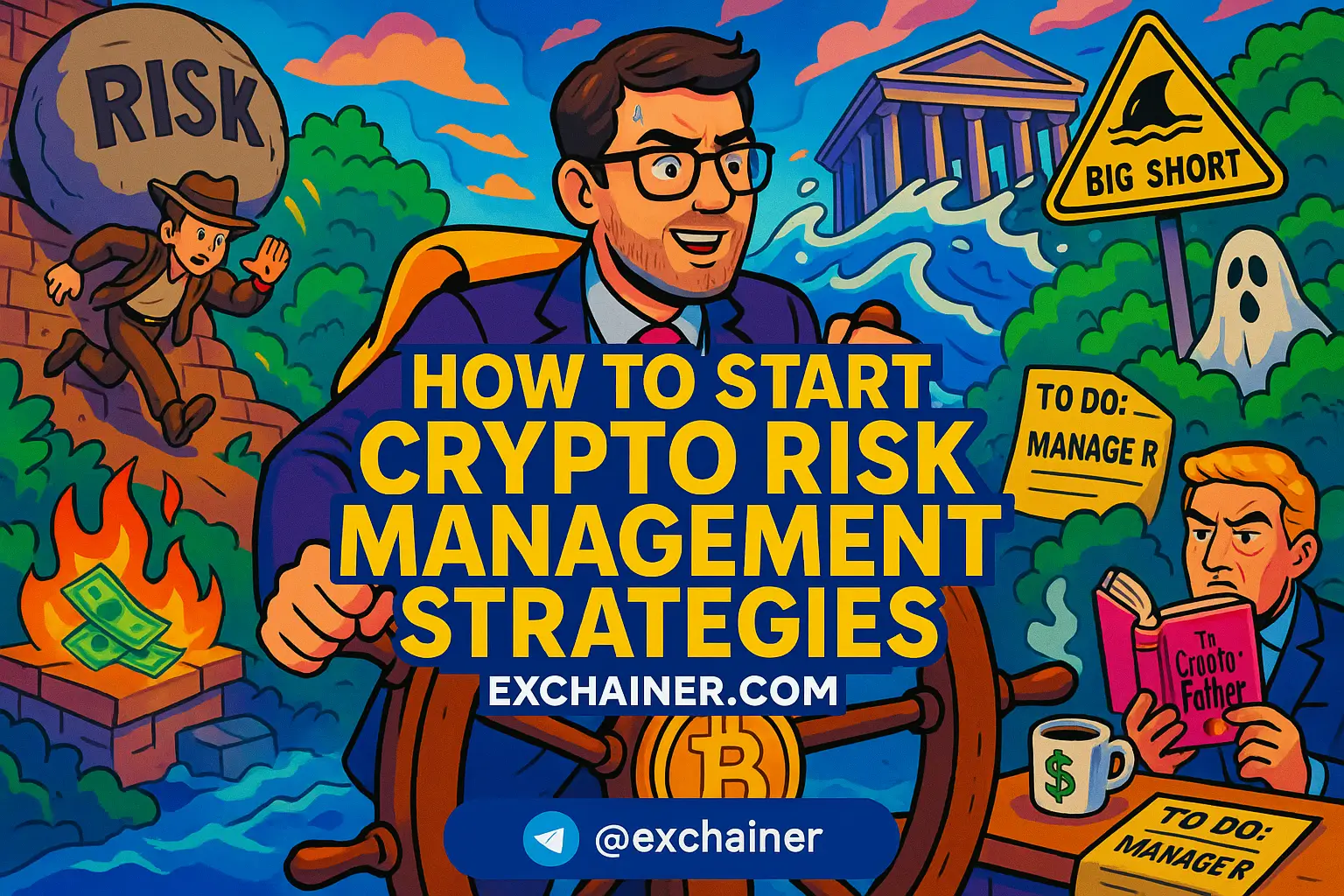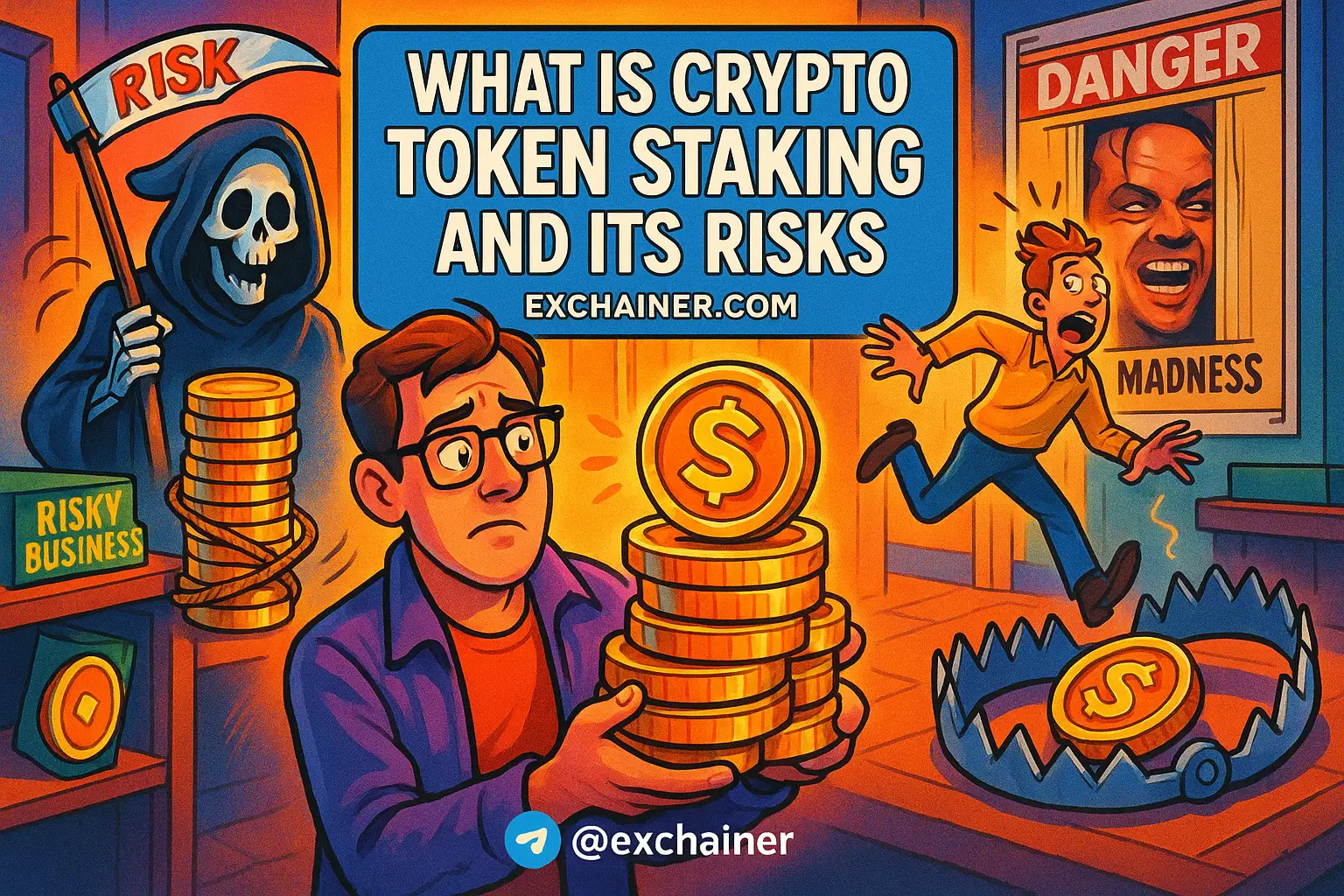Investing in cryptocurrency can be both thrilling and daunting. With the rapid rise in digital currencies and the inherent volatility of the market, it’s crucial to equip yourself with the right knowledge. If you're looking to navigate the complexities of managing your crypto portfolio risk in 2025, you've landed on the right page. Understanding how to mitigate risks effectively is vital to protect your investments and maximize your returns. In this guide, we’ll explore the essential strategies you need to know to manage your cryptocurrency portfolio effectively and thrive in the ever-changing crypto landscape.
Why Understand Crypto Portfolio Risk?
Navigating the world of cryptocurrency is not for the faint-hearted. Prices fluctuate wildly, and a single tweet can send values spiraling or soaring within moments. That’s why managing crypto portfolio risk is paramount. Risk management isn’t just about preventing losses; it's about ensuring you can withstand market volatility while still pursuing profit opportunities. When you master the basics of risk management, you’re not just investing in coins; you’re investing in your financial future. By the end of this guide, you’ll have a solid grasp of how to keep your portfolio balanced and minimize potential pitfalls.
Diversification: The First Line of Defense
One of the most effective ways to manage risk in your crypto portfolio is through diversification. Spreading your investments across various cryptocurrencies can shield you from the volatility of any single asset. Think of it like this: if you had all your money tied up in one stock and it plummeted, your entire investment would suffer. The same goes for cryptocurrencies.
Market Cap-Based Diversification
When diversifying, consider the market capitalization (market cap) of the cryptocurrencies you choose:
- Large-Cap Coins: These are established cryptocurrencies with a market cap above $10 billion, like Bitcoin and Ethereum. They tend to be more stable and less susceptible to high volatility.
- Mid-Cap Coins: These lie between $1 billion and $10 billion. They usually offer a balance of stability and growth potential. Coins like Cardano and Chainlink fall into this category.
- Small-Cap Coins: These are smaller projects with a market cap below $1 billion. Though they can be riskier, they also have the potential for quicker gains. However, invest cautiously, as they can be more volatile.
Sector-Based Diversification
Also, think about diversifying across different sectors within the crypto market:
- Store of Value: Bitcoin is often seen as digital gold, offering a hedge against inflation.
- Smart Contract Platforms: Ethereum, Solana, and Polkadot enable decentralized applications, providing unique added value.
- DeFi Tokens: Decentralized Finance has exploded in popularity, with tokens like Aave and Uniswap allowing investors to lend, borrow, and trade without intermediaries.
- Privacy Coins: Make sure to look at assets like Monero and Zcash if privacy is a concern for you in financial transactions.
By practicing both market cap-based and sector-based diversification, you can build a resilient crypto portfolio that can better withstand sector-specific shocks and general market volatility.
Risk Assessment and Monitoring
Understanding your risk profile is crucial to managing your portfolio effectively. Everyone has a different appetite for risk depending on their financial situation, goals, and experience. Here’s how you can assess and monitor your risk:
Establish Your Risk Tolerance
To start, you need to ask yourself:
- How much am I willing to lose?
- What are my financial goals within the crypto market?
- How long can I stay invested before needing access to my capital?
Determining these factors will help you identify your approach to crypto investment, whether conservative or aggressive.
Continuous Monitoring
Risk management doesn’t end after your initial investment. It’s critical to continuously monitor your portfolio and the broader market to adapt as conditions change. Set a regular schedule—weekly or monthly—to review your holdings and make adjustments based on performance and market news.
Research and Due Diligence
Proper research is your best friend in the ever-evolving landscape of cryptocurrency. Every coin can look attractive on the surface, but understanding the underlying fundamentals is key.
Key Areas to Research
As you research potential investments, consider the following:
- Team Credibility: Look into the backgrounds of the team members. What experience do they bring to the project?
- Technology: Understand how the technology works and if it solves a real problem within the market. Is the blockchain scalable, secure, and user-friendly?
- Market Demand: Investigate the demand for the specific cryptocurrency. Are people actively using it? What are the use cases?
- Regulatory Considerations: Stay updated on any legislation that may affect your investments. Regulations can have significant impacts on crypto prices.
By conducting thorough due diligence, you can make informed decisions, avoiding investments that may ultimately lead to losses.
Advanced Risk Management Techniques
For those looking to take their risk management to the next level, several advanced strategies can protect your portfolio.
Hedging with Derivatives
Hedging involves using financial instruments to offset potential losses. In crypto, futures and options contracts can be particularly useful.
- Futures Contracts: If you hold Bitcoin and anticipate a short-term price drop, you might consider taking a short position in Bitcoin futures. This means you would profit from the decline in Bitcoin's price, offsetting the losses in your holding.
- Options: Similarly, purchasing options provides the right, but not the obligation, to buy or sell an asset at a predetermined price. This can act as insurance for your primary holdings.
Insurance and Custodial Protection
Protecting your investments from hacks and scams is vital. Consider investing in crypto insurance products, which can cover losses from hacks or security failures. Custodial services also offer a professional approach to securely storing your crypto assets. Providers like BlockFi or Ledger Vault are examples of services that safeguard your assets from potential threats.
Implementing Stop Loss Orders and Risk Limits
An effective risk management strategy should include setting up stop-loss orders. This tool allows you to limit potential losses by automatically selling an asset when it reaches a specified price point.
- Stop-Loss Orders: For example, if you buy Ethereum at $2,000 and set a stop-loss at $1,800, your asset will automatically sell if the price dips to your selected threshold, which may prevent further losses.
Additionally, setting risk limits involves defining how much capital you are willing to risk on a single trade or investment. Many traders recommend not risking more than 1-2% of your total trading capital on one position.
Staying Informed
The crypto market moves fast. Keeping abreast of the latest trends, technologies, and regulations is essential for successful portfolio management.
Useful Resources
- Crypto News Websites: Sites like CoinDesk and The Block provide up-to-date market news, helping you make timely decisions.
- Social Media & Forums: Follow industry leaders on platforms like Twitter or participate in forums like Reddit and Bitcointalk for real-time discussions.
- Crypto Tracking Tools: Apps like CoinMarketCap and CoinGecko help you monitor your investments with live tracking.
By proactively seeking information and remaining engaged in the crypto community, you can position yourself to make informed and timely investment decisions.
Conclusion
Managing crypto portfolio risk in 2025 revolves around diversification, awareness, and continuous education. By understanding the importance of spreading your investments, assessing your risk tolerance, conducting due diligence, and utilizing advanced strategies, you'll equip yourself to navigate this volatile landscape.
As you embark on your crypto journey, remember: It's not just about potential gains but about effectively managing risks to secure your financial future. Don't hesitate to explore more guides on these topics and deepen your crypto knowledge. Check out our Crypto 101, dive into Exchange Reviews, catch up on the latest News, and discover essential Tools and Wallets to elevate your strategy and knowledge. Start your crypto journey today!












